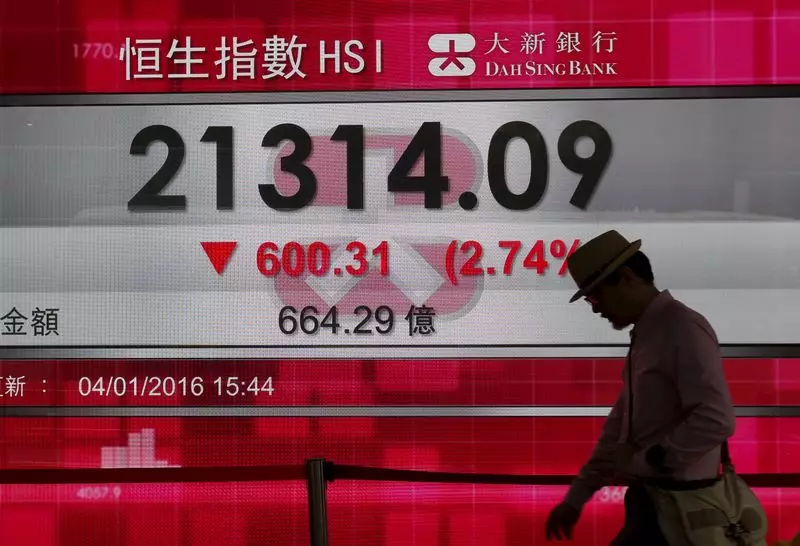Recent advancements in China’s financial policies have sent ripples through the markets, likened by analysts to deploying a “bazooka.” These drastic measures are intended to invigorate the struggling Chinese equity markets, which have faced a downturn characterized by oversold conditions. Reports from analysts at BCA Research suggest that the immediate effects of these policies have indeed ignited a sense of optimism among investors, leading to a substantial rebound in market sentiment. Much like a sudden adrenaline rush, investors are now eager to leverage this newfound momentum to capitalize on gains in the short term.
However, beneath this façade of excitement lies an important question: Will this temporary spike have any significant impact on the underlying health of the Chinese economy?
While the short-term performance of Chinese equities appears promising, experts caution against maintaining overly optimistic projections regarding long-term economic recovery. BCA Research highlights persistent structural issues that continue to hinder the broader economy despite the recent policy adjustments. Concerns regarding debt deflation and low household confidence present formidable obstacles. The government’s attempts to stimulate spending through limited subsidies—amounting to a mere 0.8% of GDP—are unlikely to serve as a transformative catalyst for economic revitalization.
The inadequacy of these economic incentives becomes even more pressing in light of the country’s ongoing property market struggles. Weak household income growth adds yet another layer of complexity, emphasizing the need for more substantial interventions if economic recovery is to gain traction.
Experts argue that the property market remains one of the most significant drags on the Chinese economy. Previous initiatives aimed at supporting property developers fell short, failing to instigate substantial recovery in this vital sector. Without more aggressive monetary stimulation—especially targeted quantitative easing—the property market is likely to persist in its role as a barrier against economic progress. Analysts suggest that a more robust approach is needed to encourage borrowing, given that high lending rates continue to dominate in deflationary conditions.
Furthermore, the skepticism surrounding government policies towards private enterprises complicates matters. Business leaders remain wary as they navigate the intricate landscape of government regulations—a factor that could hamper growth initiatives. Compounded by debt-laden local governments still grappling with the impacts of anticorruption campaigns, the speed of policy adoption aimed at fostering economic growth is likely to be sluggish.
While China’s recent policy shifts may provide an immediate boost to financial markets, the fundamental challenges faced by its economy cannot be overlooked. Analysts’ cautious outlook highlights the need for transformative measures beyond monetary policy announcements. As investors ride the temporary wave of market excitement, the underlying structural issues and persistent challenges may ultimately dictate the sustainability of this newfound momentum. As such, vigilance and a critical eye will be essential for those looking to understand the true trajectory of China’s financial and economic landscape in the coming months.

